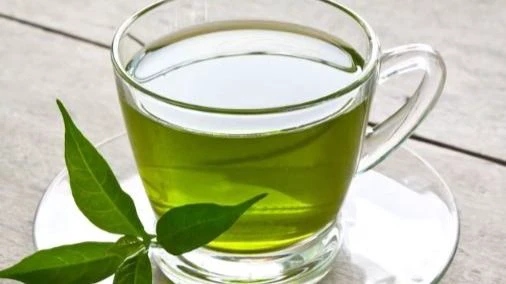In recent years, both matcha and green tea have gained popularity for their numerous health benefits. While they come from the same plant, Camellia sinensis, they differ significantly in preparation, flavour, and nutritional content.
Let’s explore these differences and determine which one might be better for you. So, what does does really set them apart?
Preparation and processing
Green tea leaves are steamed, rolled, and dried before brewing. Matcha, on the other hand, involves a more intricate process. The leaves are grown in the shade, increasing chlorophyll and amino acid content, and then ground into a fine powder. When you consume matcha, you ingest the whole leaf, while green tea involves steeping the leaves and discarding them.
Nutritional Profile
Matcha is more nutrient-dense than green tea because the entire leaf is consumed. It contains higher levels of antioxidants, particularly catechins, which are known for their anti-inflammatory and cancer-fighting properties. Matcha also has more caffeine and L-theanine, an amino acid that promotes calm and focus, making it a good choice for sustained energy.
Taste and Flavour
Matcha has a rich, creamy texture with a slightly bitter, umami flavor. Green tea is lighter and more delicate, with a grassy or vegetal taste. The flavor of matcha can be an acquired taste, while green tea is often considered more accessible.
Which is Better: Matcha or Green Tea?
The answer depends on your preferences and health goals. If you’re looking for a potent dose of antioxidants and don’t mind the stronger taste, matcha might be the better option. It’s also ideal for those seeking a natural energy boost without the jitters. Green tea, with its milder flavor and lower caffeine content, is perfect for those who prefer a subtler taste and gentler effects.
Both matcha and green tea offer health benefits, and incorporating either into your diet can contribute to overall well-being. Your choice ultimately depends on your taste preferences and how you like to consume your tea.


